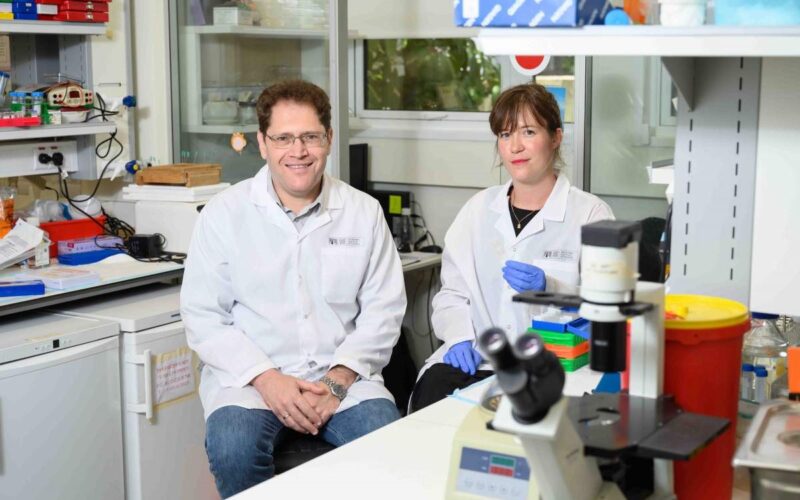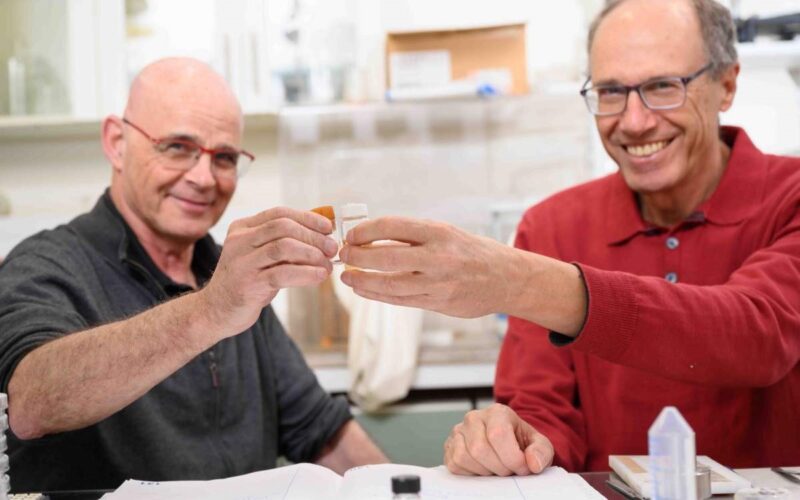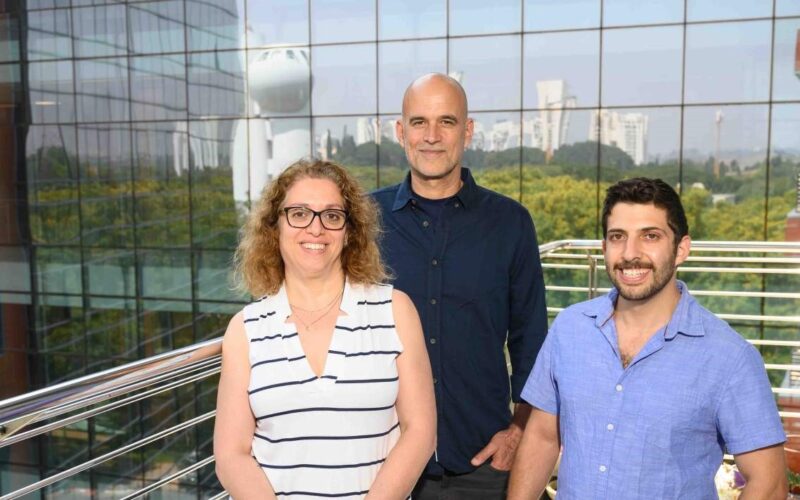
September 28, 2016
Weizmann Institute scientists have developed a new method for deciphering ‘epigenetic tags’ which are coded instructions that determine cellular fate.
Recently reported in Nature Biotechnology, the method is unlocking the secrets of how cells with the same genes become very different things. For example, as an embryo develops its cells, which have the same genetic make-up, go on to having completely different fates – becoming part of the brain, liver, kidneys or other organs. As if all the cells contain the same ‘book’ or genome, but each cell ‘reads’ only the chapters that dictate its identity.
Epigenetic tags are issued by the molecular packaging and scaffolding of DNA, as well as by the genome itself. The tags – bits of chemical code – are attached to the protein spools around which the DNA is wound in the cell’s nucleus.
The tags can ‘instruct’ the DNA to unwind somewhat, enabling a portion of the genome to be read out, or cause the DNA to tighten around the spools, so that the genes in that section of the genome remain inactive.
Epigenetic tags are much more susceptible to environmental pressures than the genome, and they thus continue to change throughout a person’s life. Mistakes in epigenetic markings, such as their improper placement, have been implicated in a variety of diseases:
“Each cell in our body has a characteristic epigenetic identity,” says team leader Dr Ido Amit of Weizmann’s Immunology Department.
“The epigenetic machinery may contain numerous potentially cancer-causing alterations, and medications are currently being developed to target these epigenetic features.”
More than a hundred types of epigenetic tags have already been identified and profiled using a method known as ChIP-seq: Chromosomes are broken into fragments and treated – the technical term is ‘enriched’ – with antibodies that label specific tags; the DNA is then sequenced to establish the tags’ location on the genome.
This approach makes it possible to track one type of tag at a time. But scientists have been suggesting for a while that epigenetic tags – like compound words in our vocabulary – sometimes work together to convey a new meaning.
For example, when the ‘Read me!’ and ‘Ignore me!’ tags appear together, the resultant command is ‘Hold off!’ Identifying such ‘bivalent’ commands, however, poses a tremendous challenge, because millions of different tags are attached to a DNA molecule at any given time, the tags change over time and they vary from one cell to another, even within the same type of cells.
Now research students, Assaf Weiner and David Lara-Astiaso, together with other members of Amit’s team, have developed a new technology, called co-ChIP, for revealing pairs of epigenetic tags that work together.
“Simply performing two sequential steps, using two antibodies, required a huge amount of biological material and produced messy results that were difficult to interpret,” says Weiner.
“So instead of treating a chromosome fragment with the first tag, we developed a technique for labelling it with a unique genetic barcode sequence. We then treated the fragment with the second antibody and were able to start assembling a vocabulary of two-tag combinations.”
Since a single DNA molecule was being analysed each time, the method picked up real-tag interactions even when the source material was as complex as a chunk of brain tissue.
Using mouse embryonic stem cells and tissue samples from the mouse brain and other organs, the scientists applied co-Chip to study the interactions among 14 epigenetic tags, amounting to 70 different combinations. In addition to confirming that the tags indeed occur together on the same DNA molecule, the study identified previously unknown interactions. For example, two interacting tags that the researchers termed “super-enhancers” were found to control the expression of key developmental genes.
A search for bivalent epigenetic tagging on genes in various tissue types reveals distinct patterns for each. Embryonic stem cells (ESC), in particular, undergo dramatic changes in both amounts and tag pairs as they mature into adult cells
“Our technology provides proof that the epigenetic code contains complex ‘phrases’ rather than just individual ‘words,’” says Lara-Astiaso.
“We can now identify the two-word phrases. The technology can also be further developed in the future to understand more complex combinations of instructions, perhaps even entire ‘sentences.’ The ultimate goal is to decipher the entire epigenetic code that determines how genes function in a cell.”
The research team also included Vladislav Krupalnik, Ohad Gafni and Dr Jacob Hanna of the Molecular Genetics Department, as well as Eyal David and Dr Deborah Winter of the Immunology Department.

Professor Ido Amit





